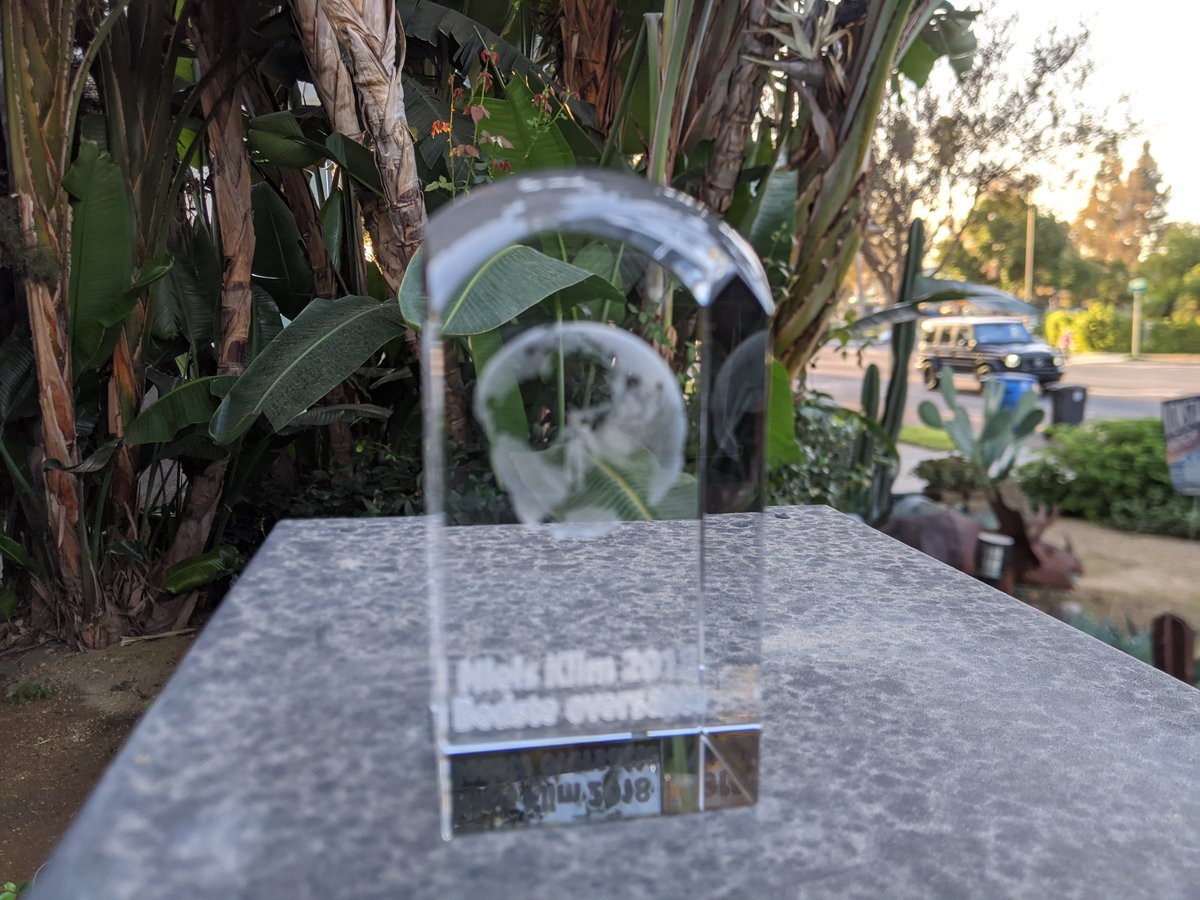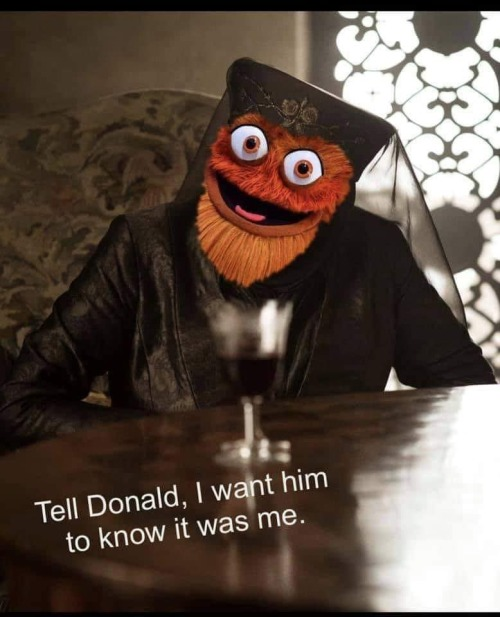
There's a lot of fascinating writing about Disney theme parks and theme park design more generally on the internet, but no one thinks and writes like @Passport2Dreams, who is always brilliant, but never moreso than when she is writing about the Haunted Mansion.
1/
1/

Nolte has just published her first book on the subject: Boundless Realm, and - speaking as someone who's read dozens of books on theme parks and the Mansion - I can say that it is the very best book on the subject ever written.
passport2dreams.blogspot.com/2020/10/now-av…
2/
passport2dreams.blogspot.com/2020/10/now-av…
2/
There are multiple explanations for the popularity of the Mansion, and Nolte manages to synthesize all of them into a beautiful, unitary whole.
One major strand of Mansionology claims that the ride's virtuosity is in its coherence, the stories that run through it.
3/
One major strand of Mansionology claims that the ride's virtuosity is in its coherence, the stories that run through it.
3/
The competing view is that the Mansion's popularity is down to its incompleteness, its incoherence. Famously, the ride went through many conceptual overhauls, driven in part by Walt Disney's ambivalence about the idea of a rotting mansion in his spotless park.
4/
4/
From the idea of a scary house at the end of Main Street to Rolly Crump's psychedelic walk-through "Museum of the Weird," to the Davis/Coats/Gracey/Atencio rides built in Anaheim and Orlando, the Mansion is a collage of elements that survived multiple reconceptualizations.
5/
5/
The theory goes that the mismatched elements included in the opening-day design (and the layers of removals and additions since) created a kind of rich, surprising stew, a salmagundi whose lack of coherence engages our imagination to connect the unconnectable dots.
6/
6/
And Nolte synthesizes these two views - brilliantly. Having worked as a Mansion castmember, interviewed many former "butlers" and "maids" as well as Imagineers...
7/
7/
Having examined the vast trove of material surviving about the Mansion's design process and the source materials online sleuths uncovered, Nolte squares the circle.
8/
8/
Yes, it's brilliant because it collects the very best elements from several strong (and narratively irreconcilable) concepts.
But it's also brilliant because it's THEMATICALLY coherent: it tells a story less about the Mansion's inhabitants than it is about you, the rider.
9/
But it's also brilliant because it's THEMATICALLY coherent: it tells a story less about the Mansion's inhabitants than it is about you, the rider.
9/
Nolte brings to bear her incredible design sense and her ability to articulate the way that design elements - sightlines, lighting, music and SFX - tell a tale that is multisensory, subliminal and that reaches far deeper into our imaginations than mere words.
10/
10/
The Mansion's tricks - Pepper's Ghost effects, scrolling paintings, crossfading reverse-projections, etc - are easy enough to understand and even to replicate in a home Hallowe'en haunt.
11/
11/
But the REAL tricks - the way that the designers immerse you in an atmosphere that has a real, narrative arc that is both unmissable and nearly impossible to pin down - are far harder to detect, let alone describe or replicate.
12/
12/
That is the real genius of Nolte's work, the reason I so faithfully read her blog. Her ability to make those design decisions legible and comprehensible to someone who has a severe deficit in that department (me), is like a magic trick every time.
13/
13/
Like noticing the ghostly face in the abstract wallpaper or spotting the eyes on a tombstone open for just a flicker, Nolte's work never fails to give me a surprising, even shocking moment of satisfying revelation.
14/
14/
At book length, she's even better. This is a remarkable achievement - and a definitive one.
eof/
eof/
• • •
Missing some Tweet in this thread? You can try to
force a refresh




















